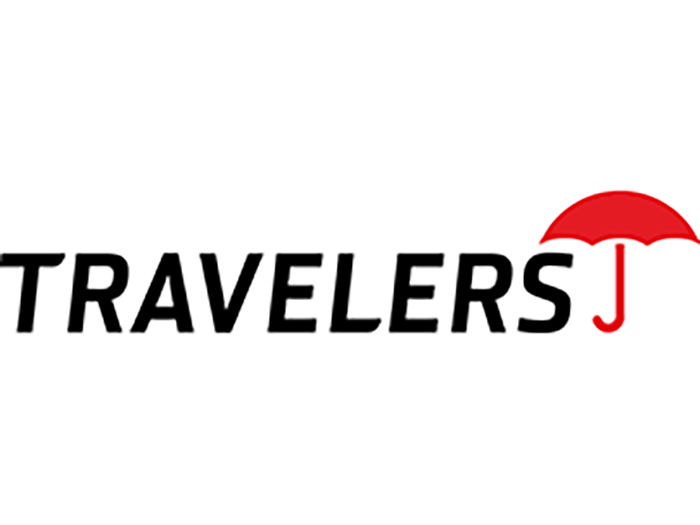Risk Insider: Terri Rhodes
Embrace Integration to Benefit From It
Integrated Absence Management (IAM) is defined as one seamless program encompassing disability, leave administration, ADA compliance and workers’ compensation. More advanced programs may include health, wellness and Employee Assistance Programs.
As benefits and risk managers contemplate this topic, the discussion tends to bounce between the ideal world and the realities of IAM. It is often difficult to agree what IAM means for an organization.
The process is not an exact science. Individual departments must work together to define roles and responsibilities. Open, active communication is critical.
For some, integration is the human resources holy grail to manage the complexity of workplace regulation, streamline employee processes and minimize the drain on productivity.
However, others maintain that this path cannot be successful and that to be self-insured and/or self-administered is the only realistic option.
Despite the challenges, companies are integrating more and more. Many carriers and third party administrators work together with great success. Generally, it is the workers’ compensation and overall risk community which struggles to see beyond its own work processes and understand the value of integration.
In many companies, the primary obstacles to success are that benefits and risk teams often work independently and fail to communicate. Some of this is deliberate, rooted in a belief in specialization.
More often than not, however, it is about fear; the fear of change, losing control or possible job loss. That’s a shame, because opportunity beckons.
Significant innovations in the disability and benefits arenas range from technologies that allow employees to report absences via an app; to new understandings of how behavioral health impacts absence; to using wellness as a preventive tool.
In many companies, the primary obstacles to success are that benefits and risk teams often work independently and fail to communicate. Some of this is deliberate, rooted in a belief in specialization.
Maximizing these innovations requires a fresh look at departments that administer absence and disability.
Ineffective communication results when different departments speak different languages with contrasting goals. Risk managers target risk, not employee benefits. Benefits managers are employee-centric and typically do not think in terms of risk.
The ideal scenario is that risk managers see the opportunity to manage risk by lending a hand in leave and disability management.
Certainly, legal liability is a growing concern, given the increased role FMLA, ADA, Employment Practices Liability (EPL), state and even local leave laws play in leave and disability management. Executives and managers need to proactively address the interplay of these programs, rather than communicating only when something “goes awry.”
Successful programs use expertise in FMLA, ADA, and related laws shared among managers of disability, benefits, and risk, while working closely with legal and even public affairs to ensure compliance. They should all be working together to anticipate and participate in relevant policy changes that impact their workforce.
Changes in health care and leave laws represent both risk and opportunity with more change and innovation occurring in the disability and benefits sectors than at any time in recent history.
Every professional (risk, benefits or HR) should be involved in assessing these changes. This can only be achieved when people work together in a systematic and deliberate way. In other words, when disability, leave, workers’ comp and risk programs are integrated.










